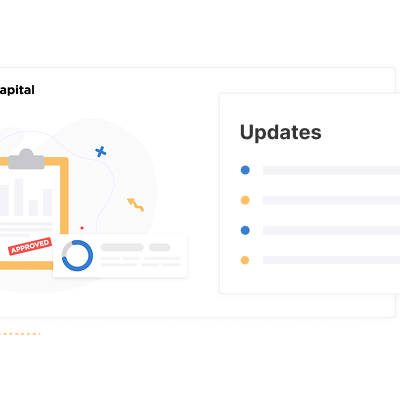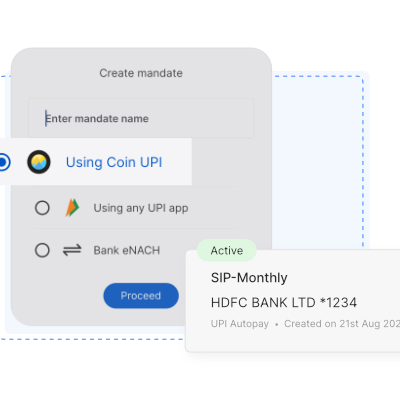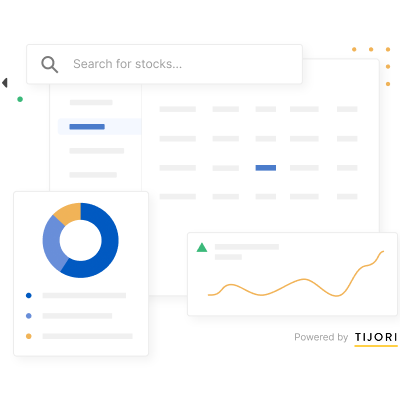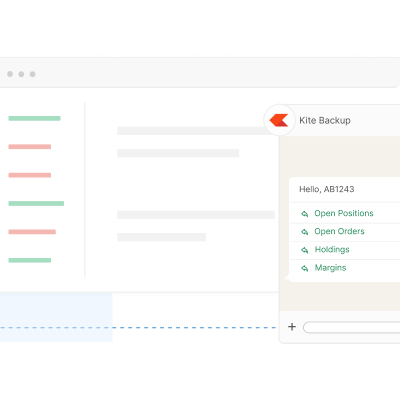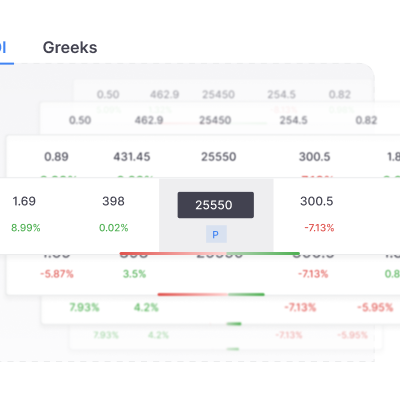Starting December 8, 2025, NSE will introduce a pre-open session for index and stock futures, similar to what already exists for the equity segment.
Here’s all you need to know👇
What is a pre-open session?
The pre-open session is a 15-minute window from 9:00 am to 9:15 am when traders can place, modify, or cancel orders, but trades don’t happen immediately.

Instead, the system collects all buy and sell orders and determines a single opening price (called the equilibrium price) based on demand and supply. This session aims to make opening prices more stable and reduce volatility when the market starts.
Which contracts are included?
The pre-open session will apply to current-month futures on both stocks and indices. – In the last five trading days before expiry, it will also include next-month futures.
However, options, far-month features, and spread contracts will not be part of the pre-open session. Also, if an underlying stock has a corporate action (like a merger or demerger) on a particular day, its futures will skip the pre-open session that day.
How is the opening price decided?
The opening (equilibrium) price is based on the point where maximum buy and sell quantities match, essentially where demand and supply meet most efficiently.
If multiple prices qualify, the one with the least order imbalance (fewest unmatched orders) is chosen. If there’s still a tie, the price closest to the previous day’s closing price is selected.
And if no trades occur during the pre-open session, the first trade in the normal session sets the opening price.
For example, during pre-open, there are: Buy orders for 500 contracts of Nifty futures at ₹25,500 and sell orders for 500 contracts at ₹25,500. The system will match them here, and ₹25,500 becomes the day’s opening price.
What happens to unmatched orders?
Limit orders that remain unmatched will carry over to the normal market. – Market orders will be converted to limit orders at the discovered opening price and moved to the normal session. – If no equilibrium price is discovered, market orders move at the base price (previous day’s closing).
You can read the exchange circular here.


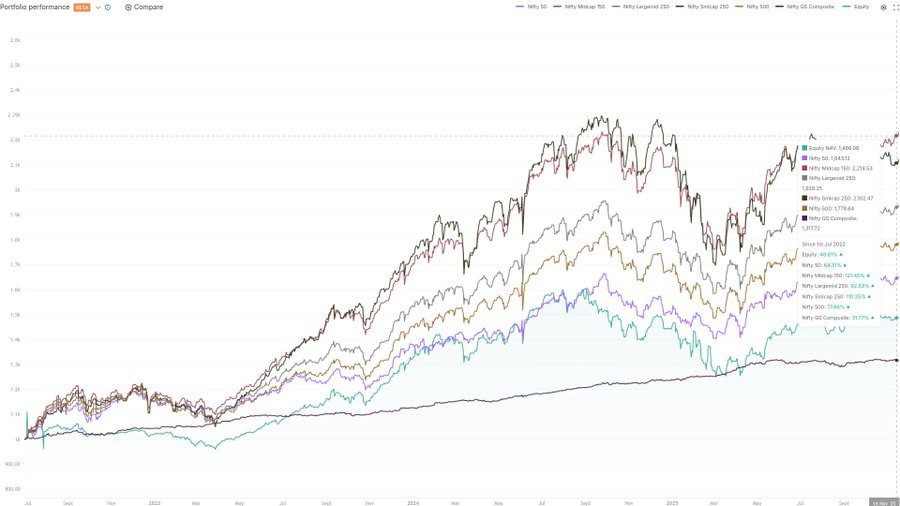


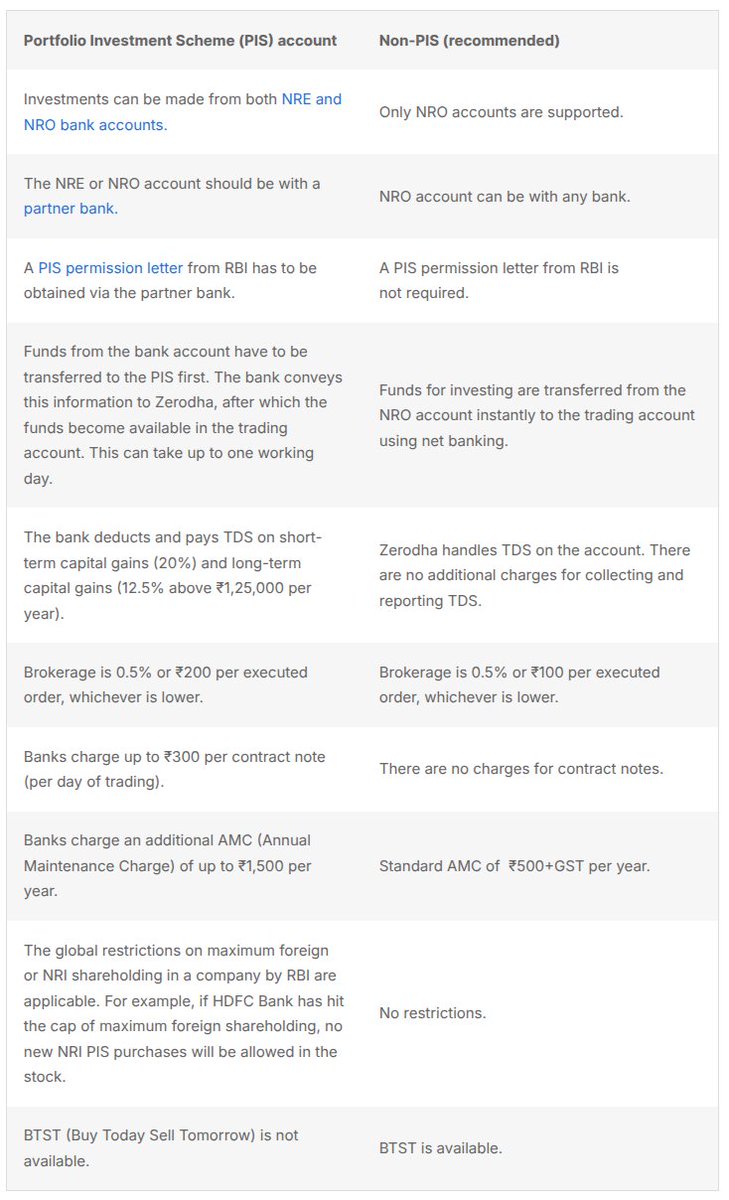


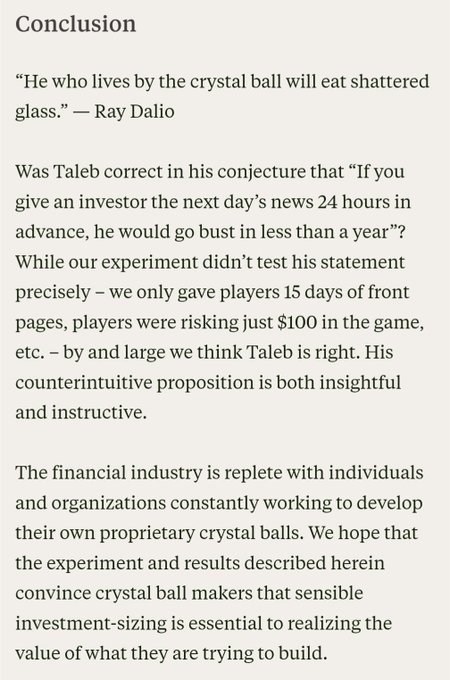
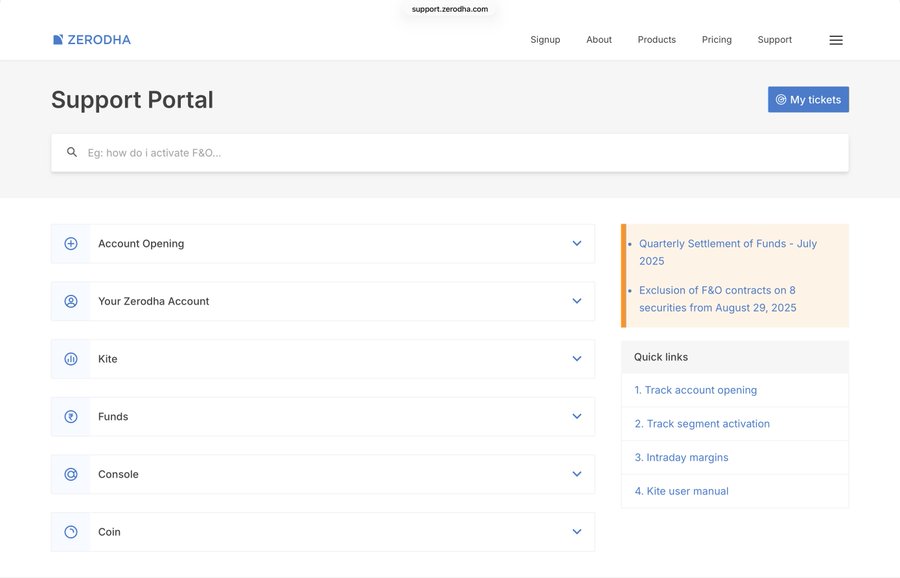
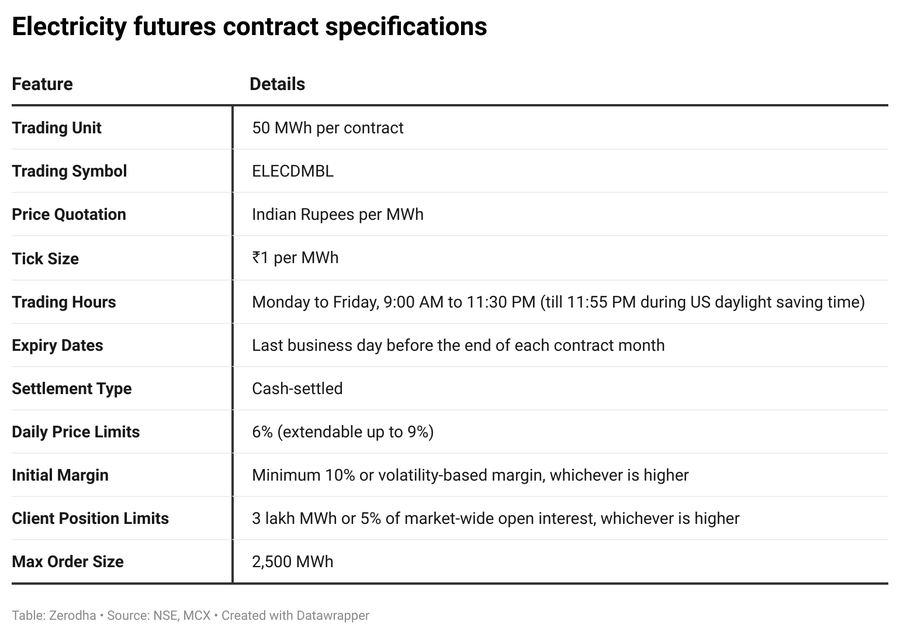
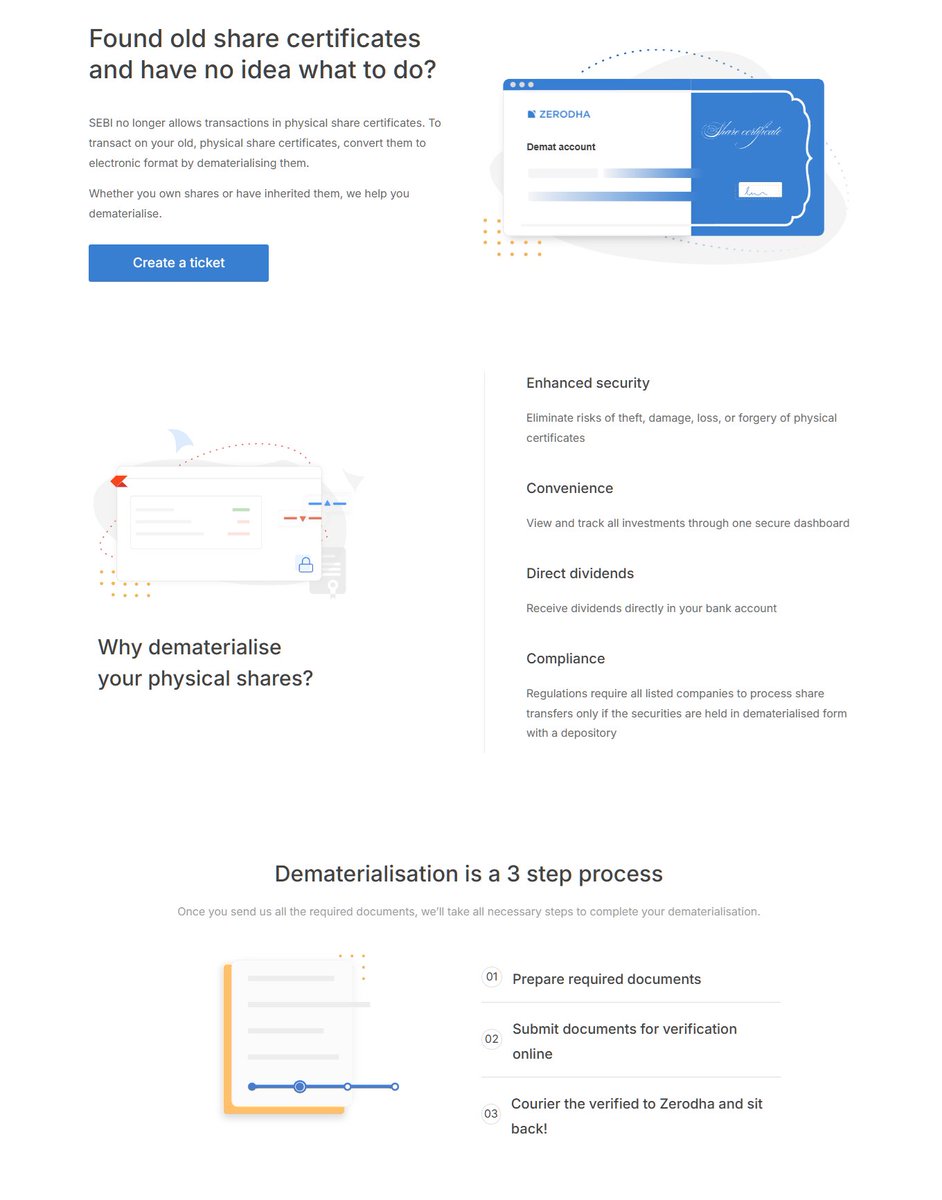



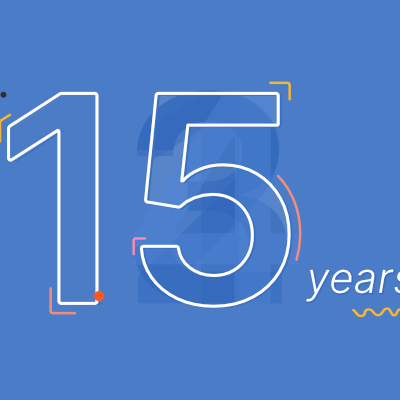
 190
190

